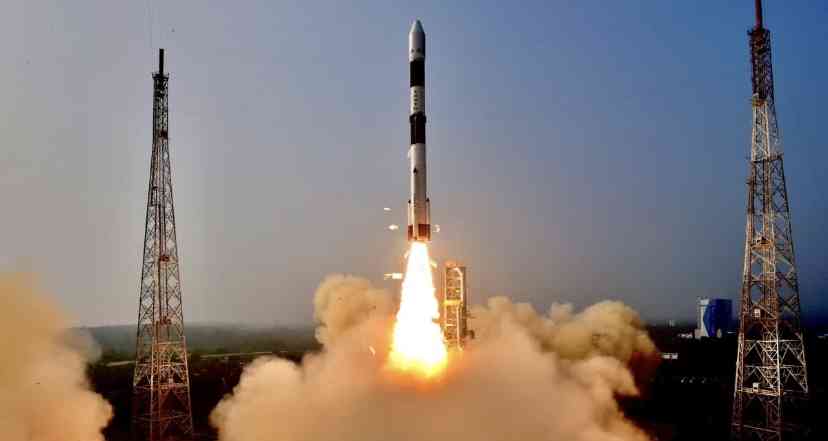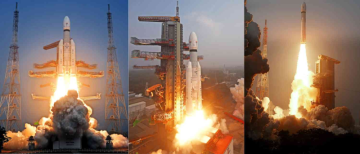On December 30, 2024, the Indian Space Research Organisation (ISRO) achieved a significant milestone by successfully launching the Space Docking Experiment (SpaDeX) mission. This mission marks India’s inaugural attempt at in-space docking, positioning the nation among a select group of countries that have mastered this advanced space technology.
Launch Details
The SpaDeX mission was launched aboard ISRO’s Polar Satellite Launch Vehicle (PSLV-C60) from the Satish Dhawan Space Centre at 10:00 PM IST. Approximately 15 minutes post-liftoff, the mission director confirmed the successful deployment of the spacecraft into a 470 km orbit.
Mission Objectives
SpaDeX comprises two 220 kg satellites, designated as “Chaser” and “Target.” The primary objectives of the mission include:
• Autonomous Rendezvous and Docking: Demonstrating the capability of two spacecraft to locate, approach, and dock with each other autonomously.
• Formation Flying: Executing coordinated maneuvers in close proximity, essential for future missions involving multiple spacecraft.
• Technology Validation: Testing new technologies such as low-impact docking mechanisms, laser rangefinders, and integrated processors for relative orbit determination.
Significance of the Mission
The successful execution of SpaDeX is pivotal for India’s future space endeavors:
• Satellite Servicing: Enabling in-orbit repairs and upgrades, thereby extending the operational life of satellites.
• Space Station Operations: Laying the groundwork for the assembly and maintenance of India’s planned space station by 2035.
• Human Spaceflight: Supporting missions like Gaganyaan, India’s crewed spaceflight program, by facilitating docking procedures essential for crew transfer and resupply missions.
Technological Innovations
SpaDeX introduced several cutting-edge technologies:
• Androgynous Peripheral Docking System: A low-impact docking mechanism designed for compatibility with various spacecraft configurations.
• Advanced Sensing Equipment: Utilization of laser rangefinders, rendezvous sensors, and proximity sensors to accurately determine position and velocity during docking maneuvers.
• Integrated Navigation Systems: Deployment of differential GNSS-based Satellite Positioning Systems for precise positioning, navigation, and timing.
Development and Collaboration
The SpaDeX mission was developed by ISRO’s U R Rao Satellite Centre (URSC) with contributions from various centers, including the Vikram Sarabhai Space Centre (VSSC) and the Liquid Propulsion Systems Centre (LPSC). Notably, Ananth Technologies, a private firm, played a significant role in the assembly, integration, and testing of the satellites, highlighting the growing collaboration between ISRO and the private sector in advancing India’s space capabilities.
Future Prospects
The success of SpaDeX opens new avenues for ISRO:
• Enhanced Mission Flexibility: The ability to dock spacecraft in orbit allows for complex missions requiring multiple launches and in-space assembly.
• Commercial Opportunities: Mastery of docking technology positions India to offer in-orbit satellite servicing, a burgeoning sector in the global space market.
• Advancement of Human Spaceflight: The technologies demonstrated in SpaDeX are critical for the success of future crewed missions, including the planned Gaganyaan mission.
ISRO’s successful launch and execution of the SpaDeX mission underscore India’s growing prowess in space technology and exploration. By achieving autonomous in-space docking, India joins an elite group of nations with this capability, paving the way for more ambitious projects in the future. This accomplishment not only enhances India’s position in the global space community but also inspires confidence in the nation’s ability to undertake complex space missions.

























